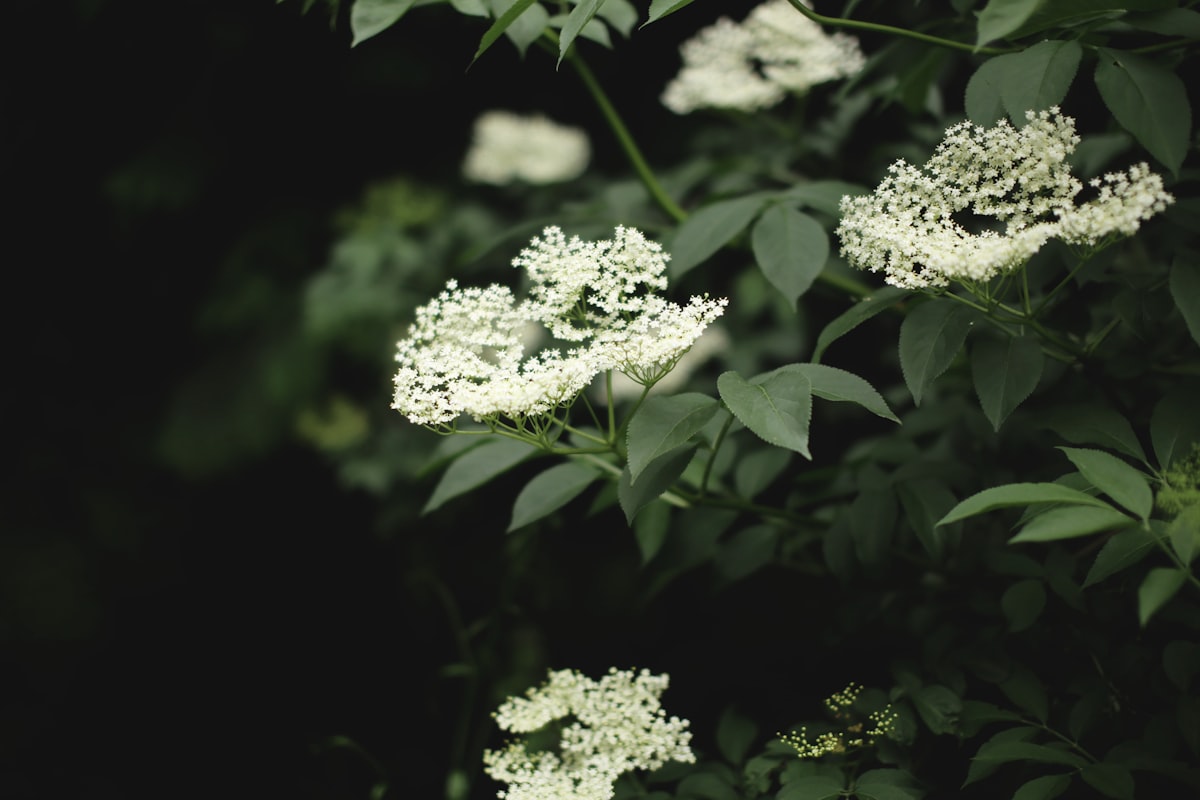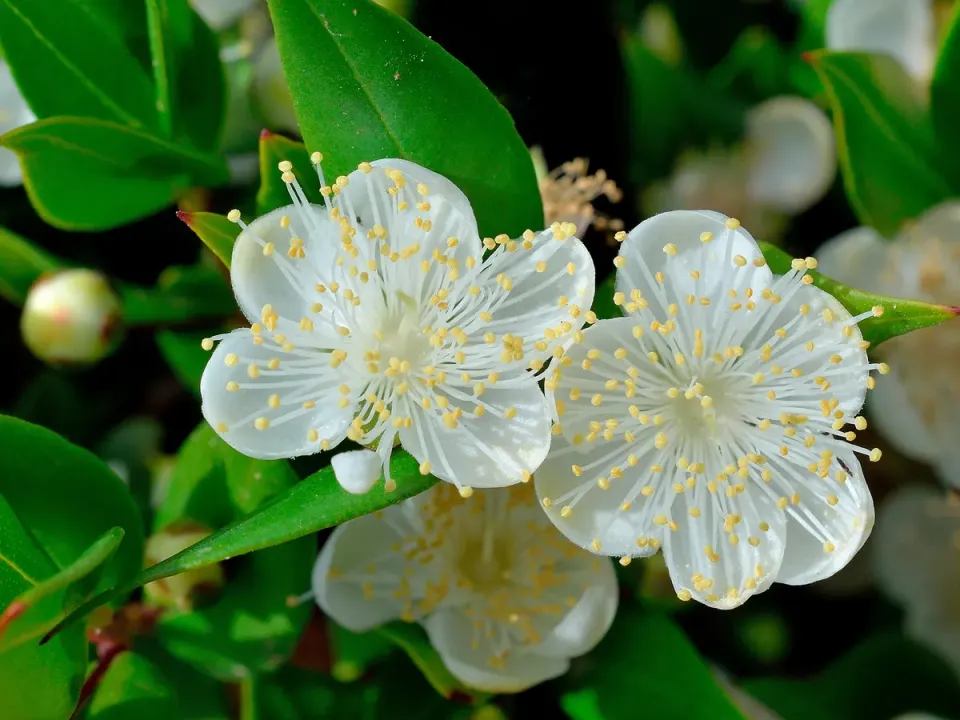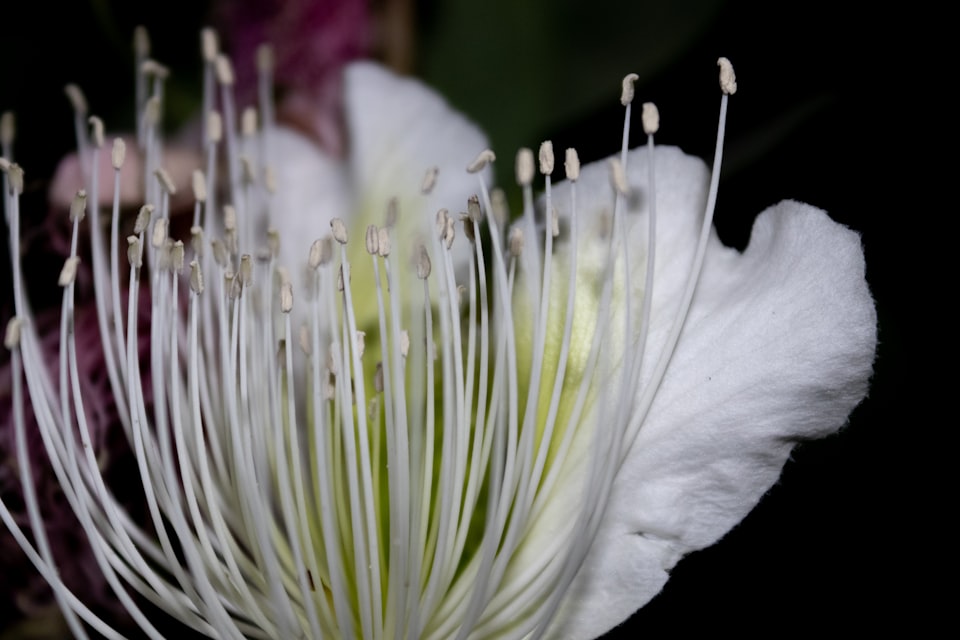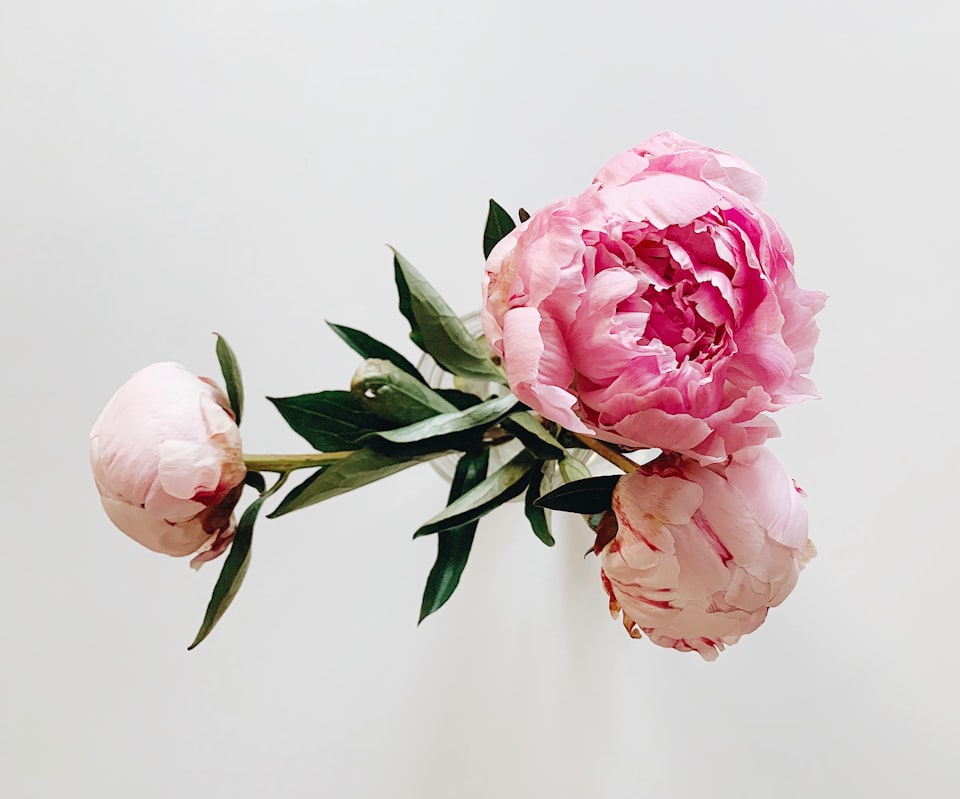VII: Elderberry
The many impressive uses of the elder shrub.

Good morning. Today is septidi, the 17th of Prairial, Year CCXXXI. We celebrate le sureau, a relative of the honeysuckle with berries that are poisonous if uncooked.
💡
Elderberries – the actual fruit of the plant – enjoy the rarified marketing reputation of "superfood" thanks to their high levels of nutrients for almost no caloric value. There have been healing properties assigned to elderberries since antiquity, and you'll frequently come across them in the grocery store's tea aisle. But the plant, if you find it in nature, is highly toxic in every part, even the berries. What gives? The culprit is cyanogenic glycosides, which our bodies turn into straight up cyanide, but unlike some plants that make this type of poison, the glycosides can be cooked off. Still, in an abundance of caution, some people recommend not overdoing the elderberry tea, and never ever trying to brew it yourself from the source.
The word "pith" probably brings first to mind the soft white lining of an orange rind or a lemon rind, the stuff you don't want to be scraping into your ramekin when making zest. But there's another form of pith in plants that lives inside the stalk, and that's where the elder shines.



